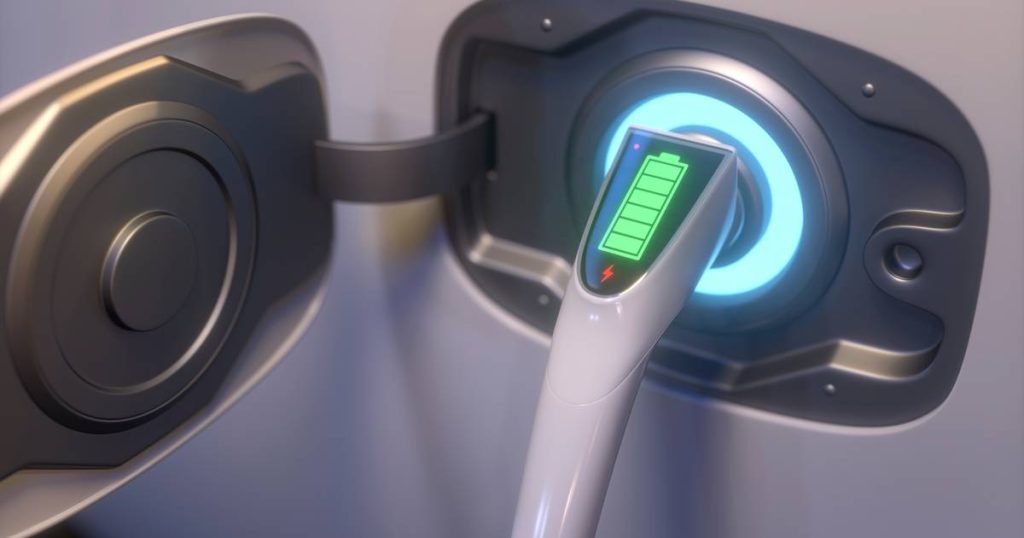MIT researchers are trusting that they are under two years from a gadget that can give batteries a completely usable re-energized status in under twenty seconds. The charging gadget will have various purposes and might potentially change the existences of the people who depend on some ordinarily sluggish charging battery types. Likewise, it will diminish the weight and size of the batteries.
A little model cell charged for the MIT researchers in 10-20 seconds. The customary battery charge time is around six entire minutes. The battery isn't being made with new material notwithstanding, basically involving similar lithium particle batteries another way. The researchers desire to have a financially practical battery in the span of two years with a most extreme time base of three years. While the underlying battery and charger will be a little, home application type, future applications, including for half and half or electric vehicles is conceivable.
The subsequent stage for the undertaking will be electric vehicle batteries that could be charged in under 60 minutes. Re-energizing worries are one of the greatest obstacles to large scale manufacturing of electric vehicles and perhaps the earliest explanation that the hesitant use to make sense of their refusal for switching over completely to them. The new innovation will likewise further develop execution of mixture vehicles and their batteries by making them lighter and more modest. Eliminating one more obstacle to making the electric vehicle both more plausible for additional individuals and for making its creation and deal simpler is a vital stage. In the event that we can anticipate charging times that are a simple level of what they are presently, then considerably more individuals will probably roll out the improvement from internal combustion vehicles to cross breeds or electric vehicles all things being equal.
- https://subversion.xray.aps.anl.gov/trac/11BMtools/ticket/11221
- https://subversion.xray.aps.anl.gov/trac/11BMtools/ticket/11183
- https://subversion.xray.aps.anl.gov/trac/11BMtools/ticket/11279
- https://subversion.xray.aps.anl.gov/trac/11BMtools/ticket/11280
- https://subversion.xray.aps.anl.gov/trac/11BMtools/ticket/11277
- https://subversion.xray.aps.anl.gov/trac/11BMtools/ticket/11004
- https://subversion.xray.aps.anl.gov/trac/11BMtools/ticket/11148
- https://subversion.xray.aps.anl.gov/trac/11BMtools/ticket/11281
- https://subversion.xray.aps.anl.gov/trac/11BMtools/ticket/11276
- https://subversion.xray.aps.anl.gov/trac/11BMtools/ticket/11284
- https://subversion.xray.aps.anl.gov/trac/11BMtools/ticket/11283
- https://subversion.xray.aps.anl.gov/trac/11BMtools/ticket/11282
- https://subversion.xray.aps.anl.gov/trac/11BMtools/ticket/11290
- https://subversion.xray.aps.anl.gov/trac/11BMtools/ticket/11286
- https://subversion.xray.aps.anl.gov/trac/11BMtools/ticket/11287
This battery innovation permits the lithium particles to act diversely by covering the particles with lithium pyrophosphate. Portrayed as a smooth material, it causes the particles to act in an unexpected way, including traveling through their channels quicker speeding up both the charge and release. The rate at which the particles move directs the speed of their utilization. It is the earnest expectation that the MIT researchers' timetable is right and this new charging innovation is really accessible in the two years that they have proposed. Lithium-particle batteries are right now the higher class of sustainable battery types yet have a sluggish charging time, which could tolerate being significantly gotten to the next level.



0 Comments